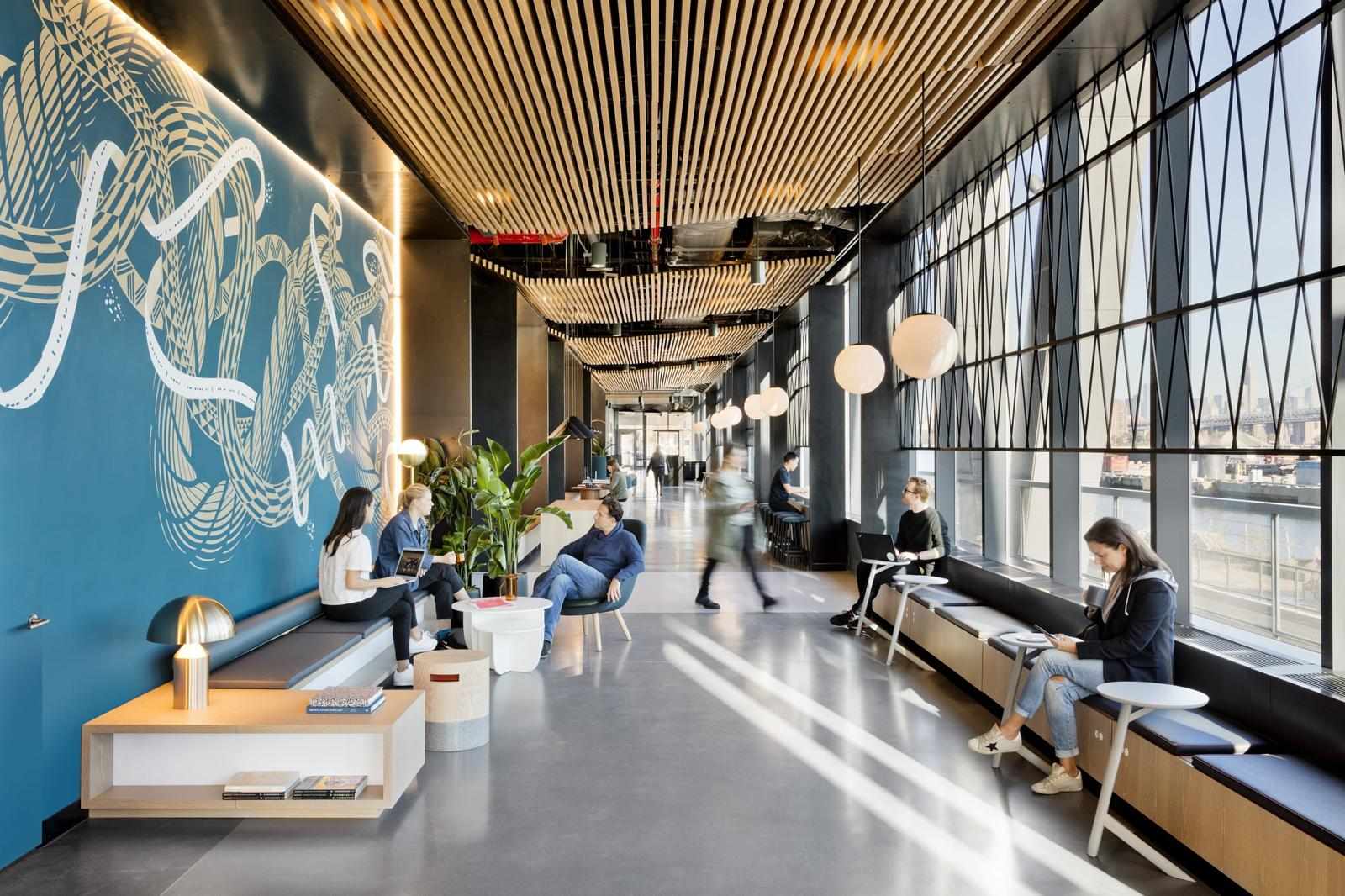
Introduction
The Sweden Co-Working Space Market has experienced significant growth in recent years, with a notable increase in the number of square meters converted into flexible office spaces. For instance, in 2018, Greater Stockholm saw a 500% rise in coworking space area over seven years, reaching 181,000 square meters. This expansion has been driven by various factors, including the rise of remote work, the need for flexible office solutions, and the increasing demand for collaborative work environments. As a result, coworking providers in Sweden have adopted diverse business models to cater to the evolving needs of businesses and entrepreneurs.
Sub-Lease Model
The sub-lease model is one of the most common business models in the coworking industry, both globally and in Sweden. Under this model, coworking operators lease a commercial property from a landlord and then sublease smaller portions of the space to individuals or businesses. This approach allows operators to generate revenue by charging monthly or yearly memberships to tenants while minimizing the financial risk associated with property ownership. Additionally, it provides flexibility in terms of location and scalability, enabling operators to expand their footprint rapidly in response to demand.
In Sweden, this model has been prevalent among coworking providers, especially in urban areas like Stockholm and Gothenburg, where demand for flexible office spaces is high. Operators can quickly set up coworking spaces in prime locations without the need for significant upfront investment in property acquisition. However, the sub-lease model also comes with challenges, such as the need for effective space management and the potential for fluctuating occupancy rates, which can impact profitability.
Revenue Sharing Model
The revenue sharing model involves a partnership between the property owner and the coworking operator, where both parties share the revenue generated from the coworking space. This model allows property owners to monetize underutilized spaces and provides operators with access to prime locations without significant upfront investment. The revenue is typically split based on a predefined agreement, which may consider factors such as the level of investment made by each party and the operational responsibilities undertaken.
In Sweden, the revenue sharing model has gained popularity among larger coworking chains and property owners looking to leverage their existing real estate assets. For example, companies like Convendum and Fabege have adopted this model to expand their coworking offerings in cities like Stockholm and Gothenburg. By sharing the risks and rewards, both parties can benefit from the growing demand for flexible office spaces. Moreover, this model fosters collaboration and aligns the interests of property owners and operators, leading to more sustainable business relationships.
Owner-Operator Model
The owner-operator model involves coworking operators owning and managing their properties outright. Unlike the sub-lease and revenue sharing models, this model gives operators full control over the design, amenities, and pricing of their coworking spaces. While this model requires a larger upfront investment in real estate, it offers operators greater flexibility and potentially higher profit margins in the long run. Additionally, owning the property allows operators to build equity and capitalize on appreciation in real estate values over time.
In Sweden, the owner-operator model is less common but has been adopted by some operators seeking greater control over their operations and long-term financial benefits. For instance, companies like Convendum and 7A have invested in owning properties to establish flagship coworking spaces in prime locations. This approach enables them to tailor the workspace environment to meet the specific needs of their target market and create a unique brand identity. However, the owner-operator model also entails higher financial risks and responsibilities, including property maintenance, taxes, and market fluctuations.
Hybrid Models and Franchising
In addition to the primary business models discussed above, some coworking providers in Sweden have adopted hybrid models that combine elements of different approaches. For example, some operators may lease a property from a landlord and then enter into a revenue-sharing agreement with another operator to manage the day-to-day operations. This allows for a more flexible and scalable business model that can adapt to changing market conditions.
Franchising is another model gaining traction in Sweden's coworking space market. Under this model, an operator licenses its brand and business model to a franchisee, who then establishes and operates a coworking space under the franchisor's guidelines. This approach enables rapid expansion and brand recognition without the need for significant capital investment by the franchisor. Companies like IWG and Venture X have successfully implemented franchising models to grow their presence in Sweden and other markets.
Market Trends and Future Outlook
The coworking space market in Sweden is expected to continue its growth trajectory, driven by factors such as the increasing adoption of remote and hybrid work models, the demand for flexible office solutions, and the rise of entrepreneurship and startups. According to reports, coworking spaces are projected to constitute around 10–15% of the office market in major cities like Stockholm in the long term.
Moreover, the COVID-19 pandemic has accelerated the shift towards flexible work arrangements, prompting businesses to reconsider their office space requirements. As a result, the demand for coworking spaces offering flexibility, scalability, and community engagement is on the rise. Operators that can effectively leverage technology, provide value-added services, and create vibrant work environments are well-positioned to succeed in this evolving market.
Conclusion
The coworking space market in Sweden is characterized by diverse business models, each offering unique advantages and challenges. The sub-lease, revenue sharing, and owner-operator models cater to different market segments and operational preferences. As the demand for flexible office spaces continues to grow, coworking providers in Sweden will need to adapt their business strategies to meet the evolving needs of businesses and entrepreneurs. By embracing innovation, collaboration, and customer-centric approaches, operators can thrive in the dynamic coworking landscape.









Write a comment ...